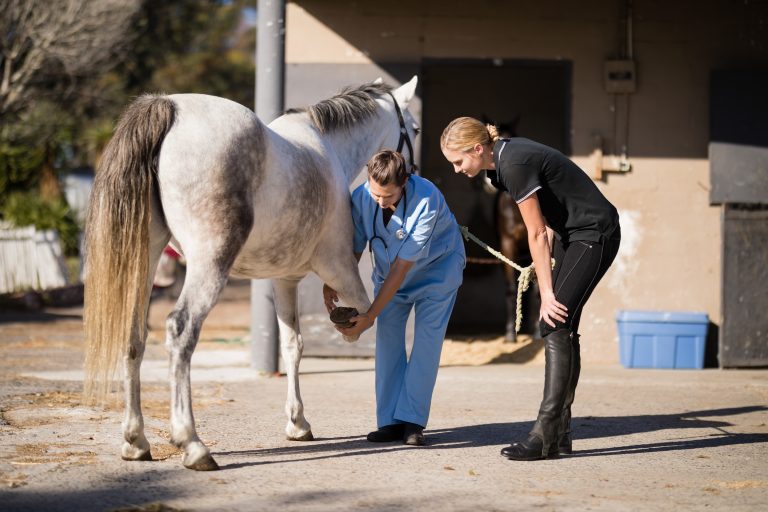
The landscape of equine research changed in October when American publisher Fran Jurga unveiled the Equine Assisted Services Research Report at the 2023 Professional Association of Therapeutic Horsemanship International (PATH Intl.) Conference in Charlotte, North Carolina.
The new digital publication compiles details on and links to 50 topics of peer-reviewed equine research under the “EAS” banner, including both animal and human aspects. “Equine assisted services research incorporates equine and veterinary science to serve the horse as a key participant, as well as diverse human topics like medical practice, social work, kinematics, occupational therapy, experiential learning, psychotherapy and beyond,” Fran said.
“Peer-reviewed journals are publishing equine assisted articles delving into therapeutic/adaptive riding, equine-assisted psychotherapy, hippotherapy, equine-assisted learning, human-horse interaction, and veterinary social work,” Fran said. “Two recently launched equine veterinary journals are specifically calling for EAS research.”
The mission of the Equine Assisted Services Research Report (EASR) is to make research awareness easier to manage for busy EAS professionals, degree candidates, educators, medical authorities and funding agencies, as well as motivated clients and their families.
A Digital Scouting Report for Newly Published Research

The new quarterly compendium gives subscribers an interactive framework filled with easily browsable descriptions and live links to follow for downloading or saving important new research and theses. About 70 percent of entries are open access, free for all to read and add to their personal libraries. A clickable sidebar index makes it easy for users to skip around among 50 topics, ranging from 25 medical diagnoses under study to specific professionally-supervised therapies, equine-assisted learning methods, and therapeutic riding. Each edition covers research released in three-month periods.
Sub-sections of the report link readers to new research on the health, behavior and wellbeing of EAS participant horses, along with para equestrian sport, robotic technologies, riding simulation systems, tack innovations, veterinary social work and the biomechanics of both horses and humans during riding.
In addition to article descriptions and links, EASR connects subscribers to new graduate and doctoral theses, clinical trials announcements from the National Library of Medicine and WHO, abstract submission details for conferences, journal calls for articles, new reference books, and preprints.
Equine-Assisted Research Growth by the Numbers
According to the American Horse Council, equine assisted services is one of the fastest growing sectors of the horse industry in the US. The second quarter of 2023 EAS Research Report contained 99 linked studies published over three months in 47 peer-reviewed journals, with authors from 24 nations representing 55 universities, as well as field research from independent professionals. Projections indicate that 2023 will far surpass previous years in both volume and quality of content.
The new report follows in some well-formed hoofprints. Fran Jurga is also the publisher of the award-winning HoofSearch, a monthly selective dissemination tool compiling details of hard-to-find peer-reviewed equine hoof science and all aspects of lameness and biomechanics in horses.
Fran Jurga developed EASR out of her own frustrations as a journalist reporting on equine-assisted research who was also studying information science. “I could tell I was just scratching the surface of something much deeper,” she recalled. “I’ve watched EAS research mature over the years; it’s an industry sector whose time has come, both in the field and at universities worldwide.
“EAS research deserves a one-stop showcase publication that doubles as a road map to research—and now it has one,” she continued.
“You know you’re on the right track when researchers check to make sure you’ll be listing their new papers. For the authors, EASR’s links bring more eyes and clicks to journal pages, more social media shares, and, most importantly, a wider understanding of what EAS is achieving and why it should be supported. Who wouldn’t want to be part of this?”
A subscription to EASR is $100 (US), worldwide, for four quarterly editions. A device with Internet access and a verifiable email address are required.
Subscriptions are sold directly online at this link or through the website, https://equineassistedresearch.com/. News about EAS research news is a feature of the website.
Note: Current PATH Intl members enjoy a discounted subscription price if making the purchase through the PATH website store.








